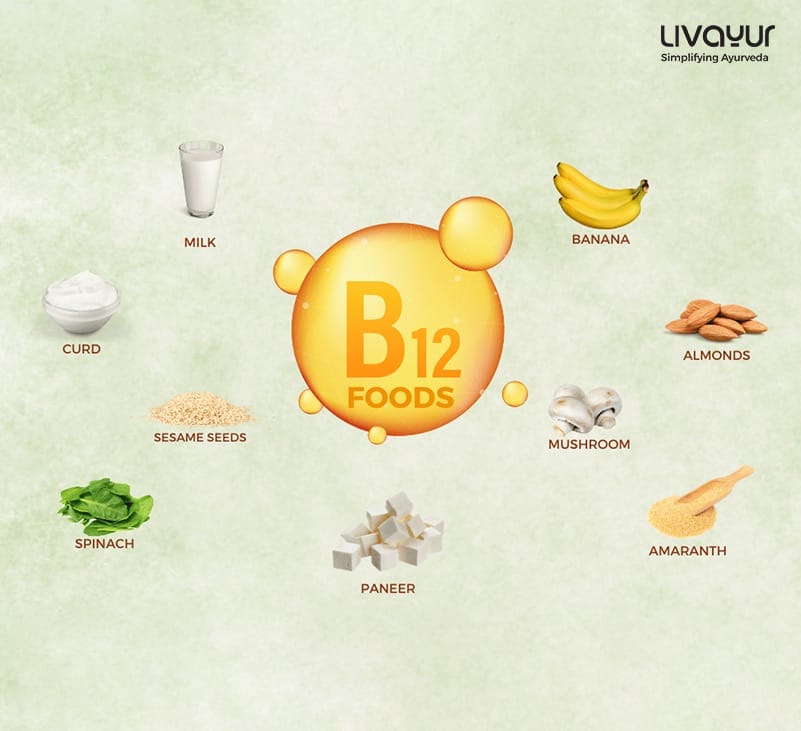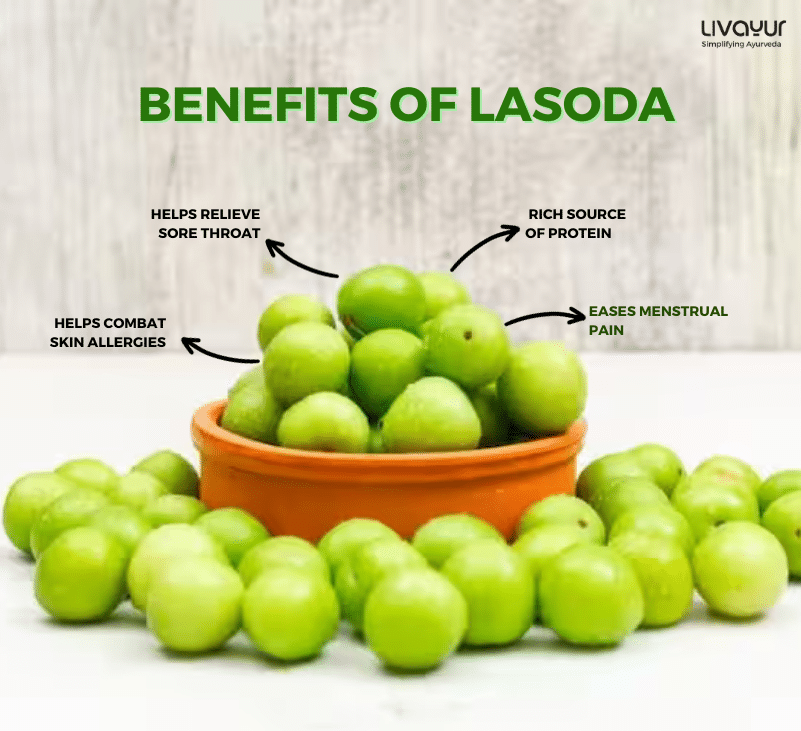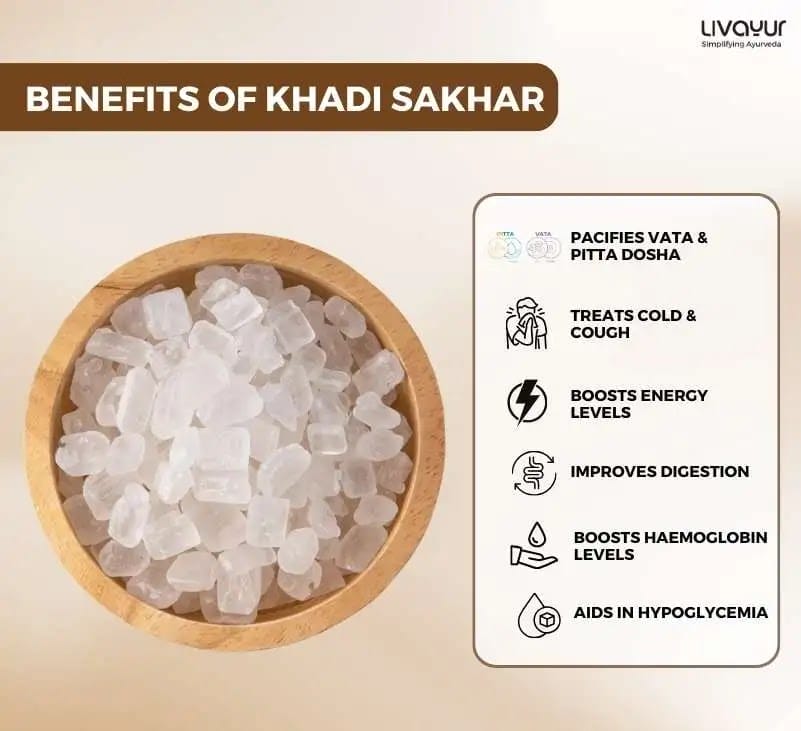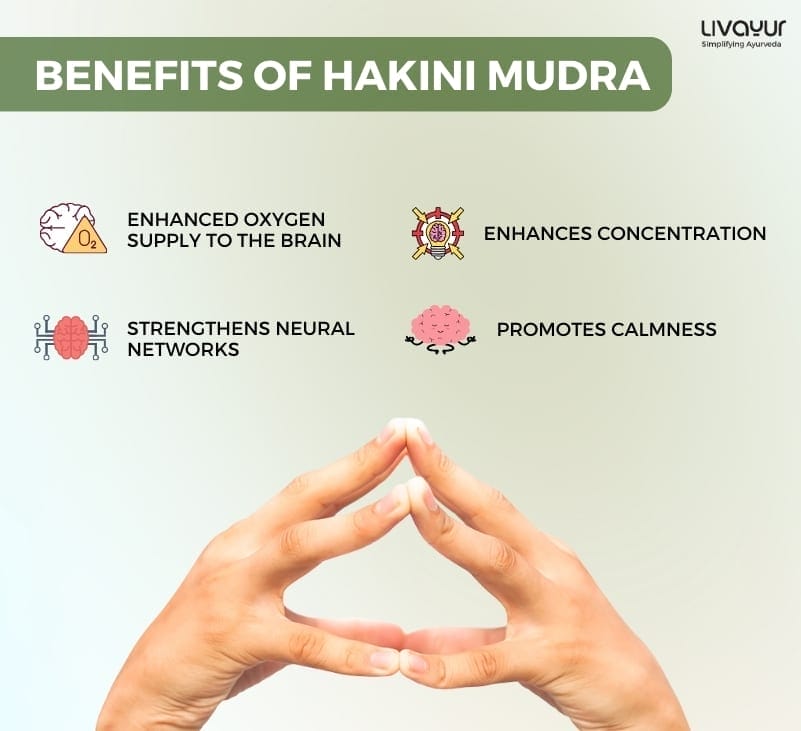
Ever wished for a natural way to bid farewell to back pain? Dealing with back pain can truly disrupt your routine and daily activities, given its high likelihood of occurrence—statistics show an 84% chance of experiencing low back pain in one’s lifetime.[12] It is essential to acknowledge that waiting for it to naturally resolve might not always be the best approach.
However, numerous effective back pain treatment in Ayurveda exist to address this discomfort. From herbal remedies and food for back pain or katigraha to the soothing touch of massages, there is a spectrum of options available for alleviating back pain. Delve deeper to explore these diverse remedies that include diet for back pain and other home remedies for lower back pain that can help ease your back discomfort, providing you with relief and restoring your comfort and mobility.
Back pain and Ayurveda
Ayurveda, the ancient science of wellness, identifies posture irregularities and Vata-aggravating habits as triggers for an imbalance in the Vata Dosha, leading to weakened bones and muscles. Moreover, inadequate digestion contributes to the formation of Ama, a metabolic waste that can further disrupt bodily harmony leading to katigraha in Ayurveda. [1]
Causes of back pain [13]
Back pain, whether along the spine or its surrounding muscles, stems from diverse sources. These include factors like:
- Poor posture and improper sitting
- Prolapsed intervertebral discs
- Strained muscles or ligaments
- Inflammation in pelvic joints
- Conditions like chronic constipation
- Obesity
- Heavy weight lifting
- Inadequate exercise
Remedies for back pain
1. Kati Basti
Kati Basti stands as a potent Ayurvedic remedy targeting lower back pain and related disorders. During this treatment, a specialized structure confines warm oil on the affected area for 20-40 minutes. This application serves to enhance circulation and lubrication, while the infusion of herbal elements contributes to therapeutic benefits over a span of 7 to 14 days. [1]
2. Abhyanga therapy
This involves skilled therapists administering gentle massages using warm medicated oils, like mahanaryana taila, dhanwantaram taila, karpastayadi taila, kottamchukadi taila, and more, targeted specifically at the back. This Ayurvedic technique efficiently alleviates back pain, joint discomfort, and stiffness. The comprehensive treatment comprises a full-body massage followed by a soothing steam bath, usually lasting 3 to 7 sessions, offering quick relief for pain and promoting relaxation. [2]
3. Churna/Patra Pinda Sweda
This method blends an oil massage with Potali steam. This highly effective technique involves bundling herbal powders or leaves into a bolus and skillfully massaging them onto the affected areas to generate therapeutic heat, easing pain. This treatment is particularly beneficial for sports injuries, rheumatoid arthritis, osteoarthritis, and much more. [3]
4. Navarkizhi
This therapeutic method brings in the benefits of Special Shali rice, cooked in milk and herbs, to create shashtikashali pinda or Navarakizhi. This nurturing massage and steam treatment holds remarkable nourishing properties. Navarakizhi not only alleviates pain but also retards the degenerative process in the back, enhancing its mobility. Particularly effective against pressure, swelling, and stiffness linked with joint disorders like arthritis, spondylosis, and similar joint-related issues, Navarakizhi offers relief and promotes greater joint flexibility. [4]
5. Nadi Swedena
This is a steam therapy that targets joint and muscle pains by facilitating the elimination of toxins through sweat pores. This therapeutic process not only aids in toxin expulsion but also enhances blood circulation to the affected regions, alleviating joint stiffness and reducing pain levels in arthritis effectively. [5]
6. Use Shallaki (Boswellia Serrata)
Renowned for its effectiveness in alleviating muscular pain, this herb acts as a potent pain reliever for joint discomfort while curbing joint swelling. [6]
7. Incorporate Ginger in the diet
Packed with bioactive compounds like zingerone and gingerol, ginger exhibits notable anti-inflammatory properties, potentially reducing pain levels. [7]
8. Use Guggulu
Recognized for its anti-inflammatory attributes, Guggulu aids in easing muscle, joint, and tissue pain effectively. [8]
9. Use Ashwagandha
With anti-arthritic properties, Ashwagandha plays a role in pain relief by calming the nervous system and offering respite from discomfort. [9]
10. Include fresh vegetables in daily diet
Incorporating leafy greens and cruciferous vegetables like Broccoli, Cauliflower, Cabbage, drumstick, bottle gourd, radish, and Spinach into your diet for back pain is highly recommended. These are rich in vitamins A, C, and K, renowned for their antioxidant properties that combat inflammation. Moreover, they contain sulforaphane, a natural compound known for blocking enzymes responsible for joint pain and inflammation. [10]
11. Include black gram and green gram
Pulses, lentils, and beans stand out as powerful food for back pain, offering a wealth of protein, minerals, flavonoids, and fibers. Beyond fortifying the body, these pulses possess remarkable anti-inflammatory qualities and contribute to tissue regeneration. Their consumption not only enhances bodily strength but also significantly alleviates knee and back pain while expediting tissue healing. [11]
12. Consume dairy products
Dairy products like milk, cheese, and yogurt serve as abundant reservoirs of calcium and vitamin D, crucial for fortifying and sustaining robust bone health while warding off nerve injuries. A daily glass of milk can fulfill your calcium needs, ensuring bone strength, mitigate osteoporosis symptoms, and is a great inclusion in your diet for back pain. [10]
FAQs
1. How can yoga aid in alleviating back pain?
Yoga serves as an exceptional tool for enhancing muscle flexibility and rectifying posture. Several beneficial poses include The Cat-Cow Stretch (Chakravakasana) which enhances spinal fluid circulation, offering pain relief; the Extended Triangle (Trikonasana) reduces spinal stiffness, augments flexibility, and aids digestion; Cobra Pose (Bhujangasana) which tones spinal nerves, reduces stress, and promotes overall body fitness.
2. Which Ayurvedic oil is recommended for alleviating back pain?
Several Ayurvedic oils that incorporate a mix of herbs such as Lesser Kurinji (Sahachara), Ten roots (Dashamoola), Indian Madder (Manjistha), Sesame oil, and Milk are great for back pain relief.
3. What herbs possess pain-relieving properties?
Various herbs like White willow bark, Boswellia, devil’s claw, bromelain, turmeric, and ginger exhibit the potential to alleviate pain and discomfort.
4. Which Indian herb is renowned for its pain-relieving properties?
Turmeric stands out as the golden spice celebrated for its extensive historical use in ayurvedic and Chinese medicine, known to alleviate various conditions including arthritis and musculoskeletal disorders.
5. What’s the process for creating Ayurvedic oil to ease back pain?
Prepare the best home remedy for back pain by heating mustard oil in a pan over medium heat and transferring it to a glass bowl. Incorporate freshly ground ajwain seeds or ajwain powder, then add eucalyptus oil. Thoroughly blend these ingredients and apply the resulting pain relief oil to the affected regions.
Conclusion
Various Ayurvedic remedies offer a treasury of effective solutions for alleviating back pain. From specialized treatments like Kati Basti and Choorna/Patra Pinda Sweda to the therapeutic potential of herbal formulations and dietary inclusions, Ayurveda presents a holistic approach to tackling back discomfort. Practices like yoga, meditation, and the utilization of specific oils and herbs showcase the profound impact traditional methodologies can have in fostering relief and healing. Embracing these 12 Ayurvedic remedies for back pain can help address your immediate discomfort.
Disclaimer
This article is written from a health and wellness perspective and is not medical advice.
Kindly seek the help of a certified medical practitioner before initiating any treatment.
References
- AN AYURVEDIC APPROACH TO A CASE OF LOW BACK PAIN (KATIGRAHA) WITH SPECIAL REFERENCE TO LUMBAR SPONDYLOSIS
- AYURVEDA ABHYANGA (MASSAGE) PROCEDURE – A REVIEW
- A Critical Review on Pindasweda With Special Reference to Churnapindasweda
- Navarakizhi and pinda sweda as muscle-nourishing Ayurveda procedures in hemiplegia: double-blind randomized comparative pilot clinical trial
- Effect of Nadi svedana with simultaneous passive stretching on correction of sandhijadya
- Clinical evaluation of Boswellia serrata (Shallaki) resin in the management of Sandhivata (osteoarthritis)
- Ginger (Zingiber officinale) Reduces Muscle Pain Caused by Eccentric Exercise
- A Clinical evaluation of Raktamokshana and Trayodashanga Guggulu in management of Katigata vata w.s.r. to Lumbar spondylosis.
- Role of Ashwagandha Taila Matrabasti in the Management of Katigraha
- Major Dietary Patterns in Relation to Chronic Low Back Pain; a Cross- sectional Study from RaNCD Cohort
- A review of medicinal uses, phytochemistry and pharmacology of Vigna mungo (L.) Hepper
- Back Pain
- International Publication Trends in Low Back Pain Research: A Bibliometric and Visualization Analysis




















